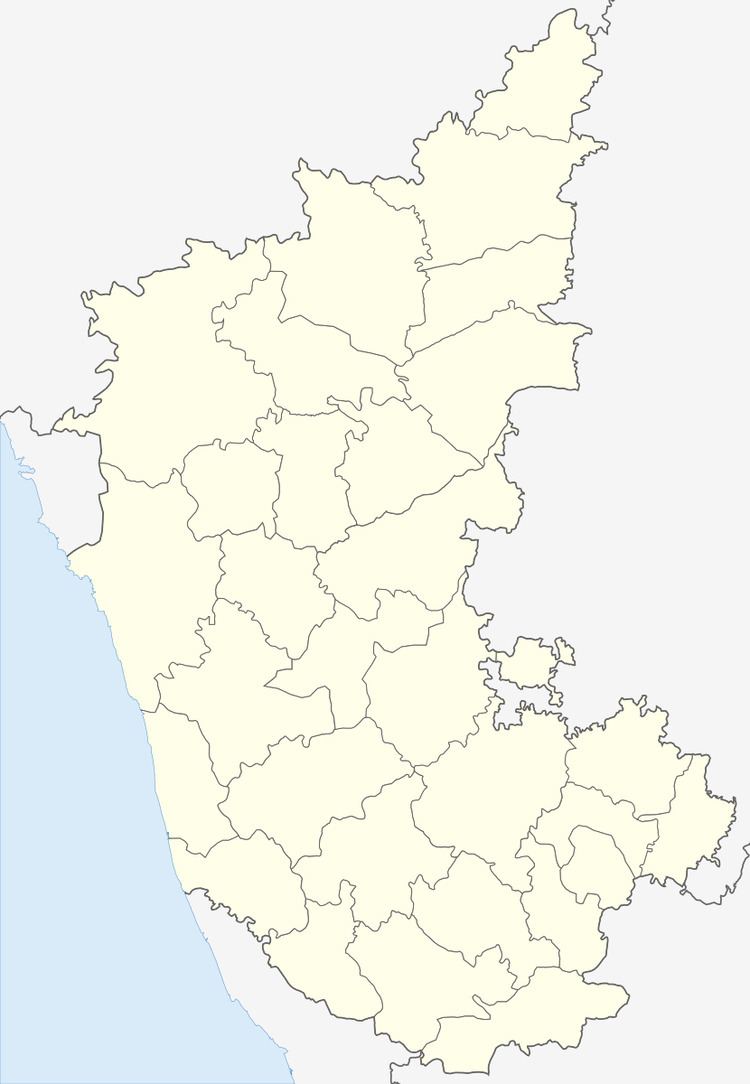Airport type Public 08/26 6,004 Elevation 2,488 m | Elevation AMSL 2,487 ft / 758 m Code IXG Phone 0831 256 2020 | |
 | ||
Operator Airports Authority of India Website www.aai.aero/allAirports/belgaum_generalinfo.jsp Similar KSRTC, Srs Tourist Services, VRL Travels, VRL BUS & AIR TICKET B, Belagavi Central Bus Stand | ||
Belgaum airport
Belgaum Airport (IATA: IXG, ICAO: VOBM) is an airport serving Belgaum, a city in the Indian state of Karnataka. Because of its location in the village of Sambra, 10 kilometres (6.2 mi) east of Belgaum, the airport is also known as the Sambra airport. It was constructed in 1942 and has been served by several airlines in the past; however, as of January 2017, it is only served by SpiceJet. An expansion project is in progress; the runway has been resurfaced and extended, while work on the terminal building continues. The airport is also home to an Indian Air Force station at which new recruits to the military receive basic training.
Contents
History
Built in 1942 by the Royal Air Force (RAF), Belgaum Airport is the oldest airport in North Karnataka. The RAF used the airport as a training site during World War II, providing support to the South East Asia Command. The Directorate General of Civil Aviation (DGCA) took control of the airport in 1956, followed by the Ministry of Civil Aviation in 1962. During the 1990s, Belgaum Airport was served by five passenger airlines: East-West Airlines, Gujarat Airways, Indian Airlines, NEPC Airlines and Vayudoot. All airlines ended flights to the airport by the end of the decade.
Belgaum Airport saw the return of commercial flights in 2003, with Air Deccan providing service from Bangalore. Air Deccan also flew to Kolhapur and Mumbai for some time. After Air Deccan completed its merger with Kingfisher Airlines in 2008, Kingfisher decided to end flights to Belgaum in June 2009 citing low occupancy. Nevertheless, expansion plans for Belgaum Airport were launched in 2010, when the Airports Authority of India (AAI) and the Government of Karnataka signed a memorandum of understanding. Kingfisher returned in January 2011 with daily flights from Mumbai, but it exited the market in November 2011 amid its own financial difficulties. SpiceJet arrived at Belgaum in November 2012 with flights from Bangalore and remains the only airline to serve Belgaum Airport as of January 2017.
In 2013, the Central Government cleared the expansion project. The runway was refurbished and then extended by 470 metres (1,540 ft) in order to facilitate larger aircraft such as the Airbus A321. The DGCA has yet to approve the runway extension for use; however, it is unlikely to do so until a nearby cell tower is removed. In addition, the runway approach lighting system cannot be installed unless an obstructing road is closed, and the wall of the Air Force Station is presenting another obstruction. Meanwhile, the DGCA expects all other expansion works to be completed by April 2017, which include work on the terminal, car park, air traffic control and aprons.
Terminal and airfield
The passenger terminal covers 1,160 square metres (12,500 sq ft) with three check-in desks, a VIP lounge and one boarding gate. The abutting apron has two parking stands designed for the ATR 72 and similar aircraft. There are also two separate aprons, one on the north side of the runway that serves as an isolation bay and one on the south side. The aprons are each connected by single taxiways to runway 08/26, which measures 1,830 by 45 metres (6,004 ft × 148 ft). A 470-metre (1,540 ft) extension of the runway has been completed and is awaiting approval from the DGCA as of June 2016.
Airlines and destinations
As of January 2017, SpiceJet provides daily flights from Belgaum to Bangalore and Mumbai. Through these two destinations, the airline also offers direct service to Jabalpur and Mangalore.
Air Force Station
Built by and originally under the control of the Royal Air Force, the Special Reserve Police of Karnataka took over the air base in 1948. The air force station was a major base of air operations during Operation Vijay in 1961. Two years later, No. 1 Ground Training School at Jalahalli was moved to the base and renamed Administrative Training Institute (ATI) in 1980. In 2001, the ATI was renamed Airmen Training School (ATS). The focus of the base turned to providing Joint Basic Phase Training (JBPT) through the Basic Training Institute. JBPT is designed to teach recruits military values and orient them towards a life in the military.
